Surprising Performance From High-Yield Bonds
Few expected it, but junk bond funds haven't done badly this year. Here's what's changed.

Early in 2006, you couldn't find many positive prognostications about junk bonds. That includes in this space. I wasn't at all keen on junk bonds -- also known as high-yielding corporate bonds. My arguments for ignoring the category -- or at least not adding new money to it -- seemed logical. They included low yields relative to high-quality bonds, signs of a slowing economy, and better alternatives, such as energy pass-through securities and real estate investment trusts. The prospects of a weaker economy, in particular, affected my thinking. That's because slow growth or worse -- declining economic activity -- normally portends more bond defaults and rating downgrades.
Last year, according to Standard Poor's and Merrill Lynch, junk bonds returned 2.7% on average. That's total return, which includes income. Since these bonds are almost always issued at interest rates of 8% or higher, the typical high-yield bond (or bond fund) lost some principal value. You earned more from CDs, tax-exempt bonds, REITs and oil-and-gas income investments. I still like REITs and royalty trusts, although, because of price appreciation, their yields have dropped.
Getting back to junk, it turns out it hasn't done too badly this year. As of this week, Morningstar puts the average year-to-date return of junk-bond funds at 5.3%. That is net of fund expenses, so the bonds themselves have actually gained more. Lehman Brothers' U.S. high-yield index is up 6.7%. No domestic bond category even comes close. And junk has certainly performed far better in 2006 than the experts expected. SP, just to cite one forecaster, called for returns of 2% to 5% for the year. (The terms junk and high yield, by the way, generally refer to any bond rated below BBB by SP or Baa by Moody's.)

Sign up for Kiplinger’s Free E-Newsletters
Profit and prosper with the best of expert advice on investing, taxes, retirement, personal finance and more - straight to your e-mail.
Profit and prosper with the best of expert advice - straight to your e-mail.
All of the bogeymen that were supposed to weigh on junk this year have fled. The economy is slowing, but it's not headed for a recession. Interest rates have leveled off. Corporate profits have held up, especially in technology, where many junk bonds are hatched. The default rate on "speculative-grade" U.S. bonds was 2.4% a year ago. It's now 2.1%. It has been lower, but it's also been over 10%. The trend is comforting.
What now?
OK, once you absorb all this, should you throw a few darts at me, tell me I steered you away from an opportunity, and then rub it in by investing in a junk fund and telling me about it?
I think junk bonds deserve an upgrade, from avoid to neutral. My tepid endorsement stems from a close look into the particulars of the bond funds (the prudent way for most individuals to invest in junk) that have led the pack this year and those that trail. The higher-quality, more conservative junk funds have produced lower returns this year for the most part, while others with bigger weights in the riskiest bond classes have delivered the best results. Over a long cycle, it doesn't work this way. Instead, B-rated bonds usually outperform C-rated bonds. But in the second quarter of this year, for example, Summit High Yield fund said it earned 2.6% on its CCC-rated bonds but lost 0.4% on its BB-rated bonds.
Then again, I must say that I like some of the winners of this year's junk-fund sweepstakes.
Start with Aegis High Yield (symbol AHYFX). Its 8.9% return this year leads the pack. This is a tiny fund that has been available to the public only as of 2004. The Aegis funds are a tiny operation located in a corner of a mostly military office building in the Virginia suburbs of Washington, D.C. Aegis managers are known for buying stocks of distressed and recovering companies for their Aegis Value fund and take a similar approach with debt in the high-yield bond fund. Bill Berno, Aegis High Yield's manager, credits some good picks among distress cases (companies that are in or near bankruptcy) and staying away from treacherous industries, such as homebuilding and auto parts, for the strong results. Aegis is a gutsy buy if you're after a single junk fund: It requires a $10,000 investment and holds just $3 million in assets. Because the fund is so tiny, it holds just 18 bonds -- which is terribly concentrated for a junk fund. But I've met the Aegis people and feel comfortable that they know what they are doing. As they bring more money into this fund, they'll broaden the portfolio. Berno describes it as a conservative fund because he manages it for total return and not maximum yield. In fact, the fund's 6.7% yield is lower than that of such standard-bearers as the junk funds offered by Vanguard and T. Rowe Price.
Moving from the new to the established, we have Northeast Investors Trust (NTHEX). You could call this the granddaddy of junk-bond funds, or perhaps the income fund counterpart to Joe Paterno's Penn State football program. Ernest Monrad, who co-manages Northeast with his son Bruce, has the longest tenure of any high-yield fund manager by far. He's been at the fund since 1960 and Bruce since 1993. The fund dates to 1950. Its assets of $1.6 billion make it a giant in this category. The minimum investment is $1,000.
So far in 2006, Northeast has returned 7.8%, with a yield of 7.7%. Northeast's strong results over the years, and again in '06, are a testament to good research, low turnover of the bonds in the fund, and patience and experience. It has enough cash and time to wait for bonds that aren't working out to recover. The strategy this year has been to shorten up the maturity of its bonds to protect against rising interest rates. But the fund will take more risks if the managers feel such a move is appropriate. In any case, it's never a surprise to see Northeast Investors high in its category.
Nor is it a shock to see Westcore Flexible Income (WTLTX) riding high this year, with a return of 8.1% and a yield of 7.5%. It differs from the typical junk fund because it also invests in preferred stocks and some eclectic high-yielding securities, such as Thornburg Mortgage, technically a REIT, and Allied Capital, a lender to and investor in small businesses. Westcore, which is the brand name for the funds run by Denver Investment Advisors, has several experienced managers on this fund and, in general, tends to be ignored, perhaps unfairly, in discussions about decent no-load fund outfits.
Bottom line: Inflation and interest rates are under control, oil is down, economic growth is okay and junk bonds are leading the bond-fund race. I can't see that changing by the end of 2006.
Get Kiplinger Today newsletter — free
Profit and prosper with the best of Kiplinger's advice on investing, taxes, retirement, personal finance and much more. Delivered daily. Enter your email in the box and click Sign Me Up.

-
 Stock Market Today: Stocks Gain on Tech, Auto Tariff Talk
Stock Market Today: Stocks Gain on Tech, Auto Tariff TalkThe Trump administration said late Friday that it will temporarily halt tariffs on some Chinese tech imports.
By Karee Venema
-
 Sam's Club Plans Aggressive Expansion: Discover Its New Locations
Sam's Club Plans Aggressive Expansion: Discover Its New LocationsSam's Club expansion plans will open up to 15 new stores each year. Learn where they plan to open in 2025.
By Sean Jackson
-
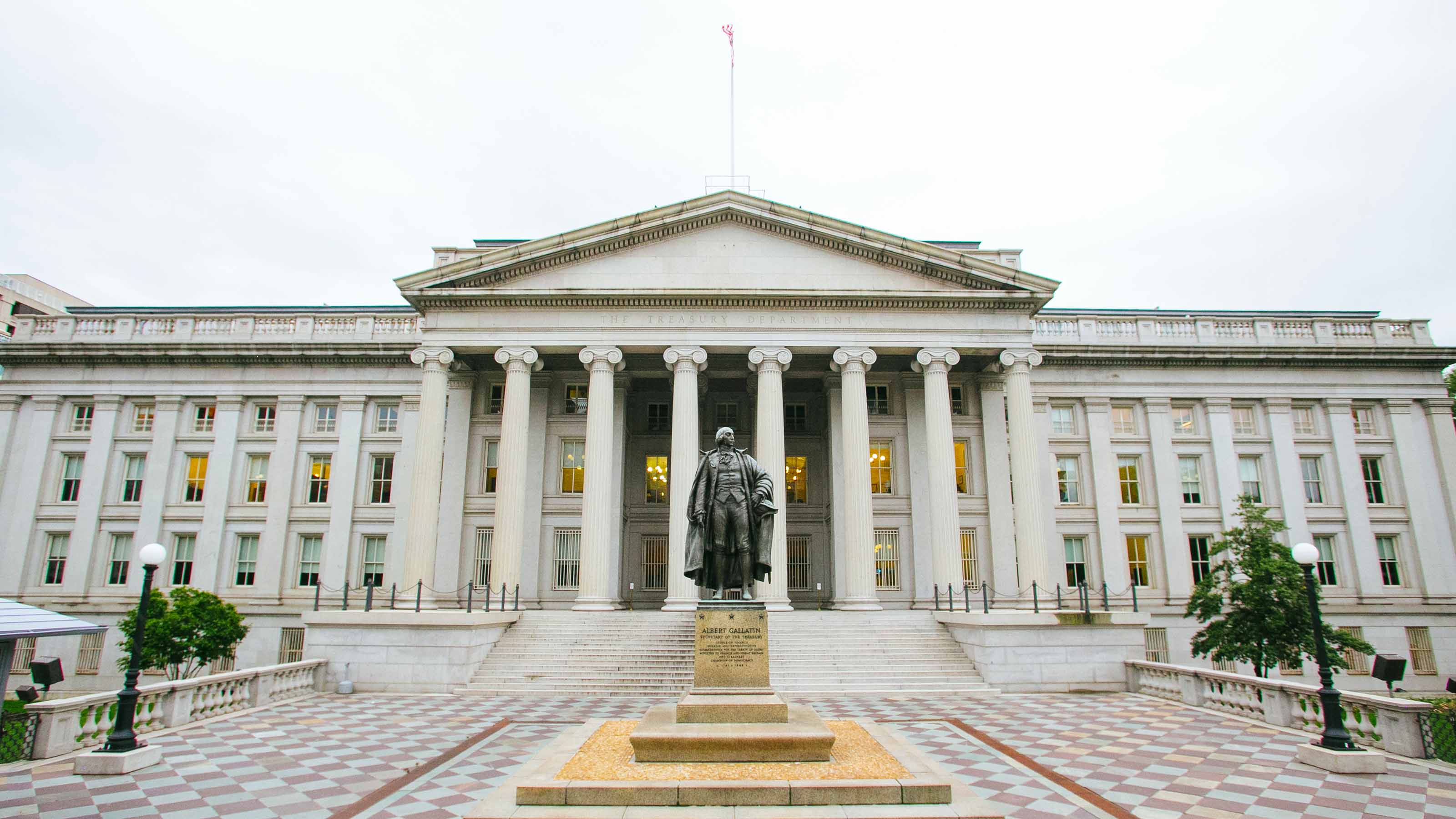 Why Investors Needn't Worry About U.S. Credit Downgrade
Why Investors Needn't Worry About U.S. Credit DowngradeFitch Ratings The United States saw its credit rating downgraded for just the second time in history, but experts aren't worried about the long-term damage to stocks.
By Dan Burrows
-
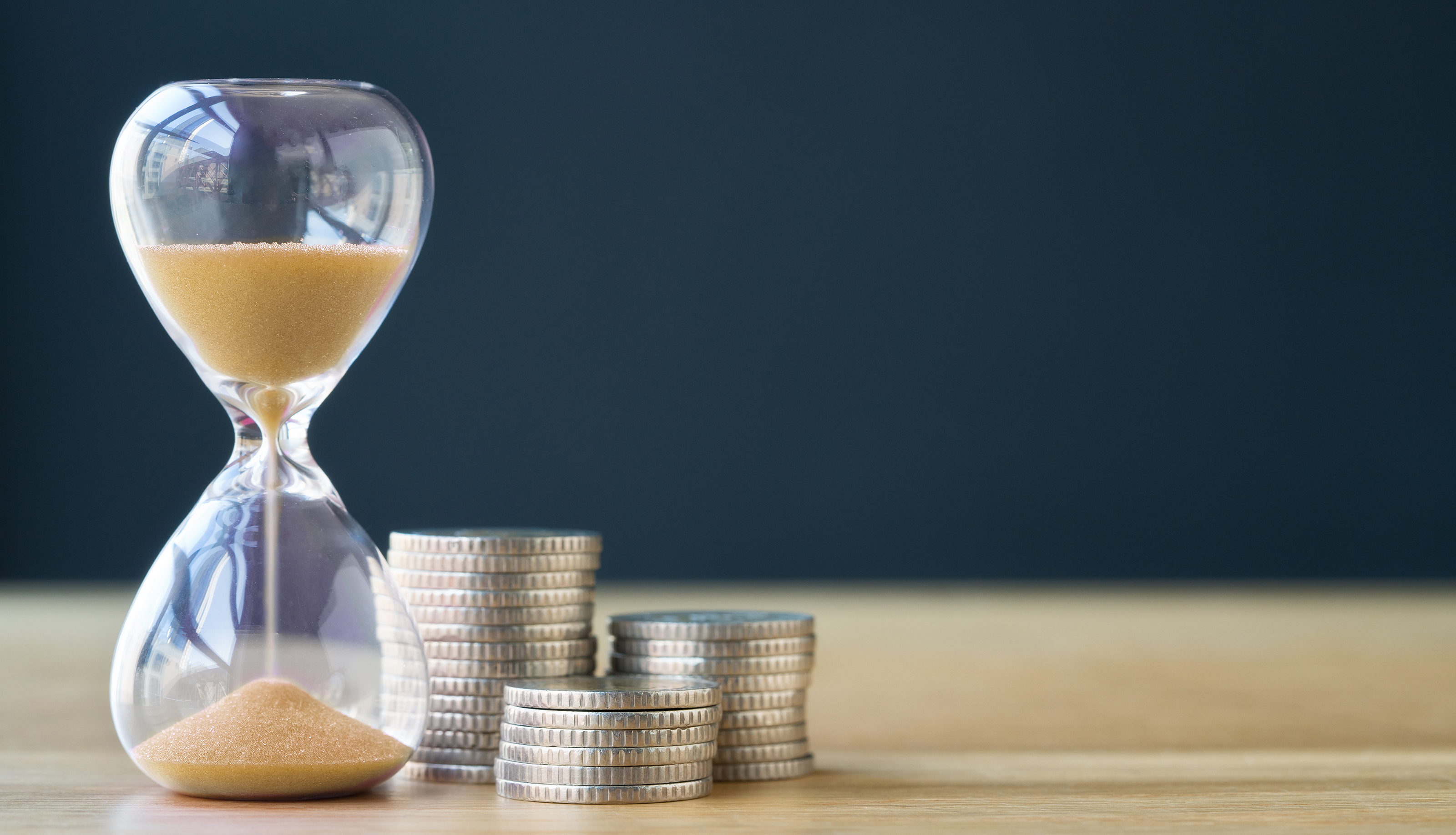 Income-Investing Picks for a Recession
Income-Investing Picks for a RecessionInvesting for Income Some consequences of an economic downturn work to the benefit of fixed-income investors. Here are three fund ideas that fit the bill.
By Jeffrey R. Kosnett
-
 Dogs of the Dow Are 2022's Best in Show
Dogs of the Dow Are 2022's Best in Showdividend stocks Some of the best investments for income investors in a volatile 2022 have come from the Dogs of the Dow.
By Jeffrey R. Kosnett
-
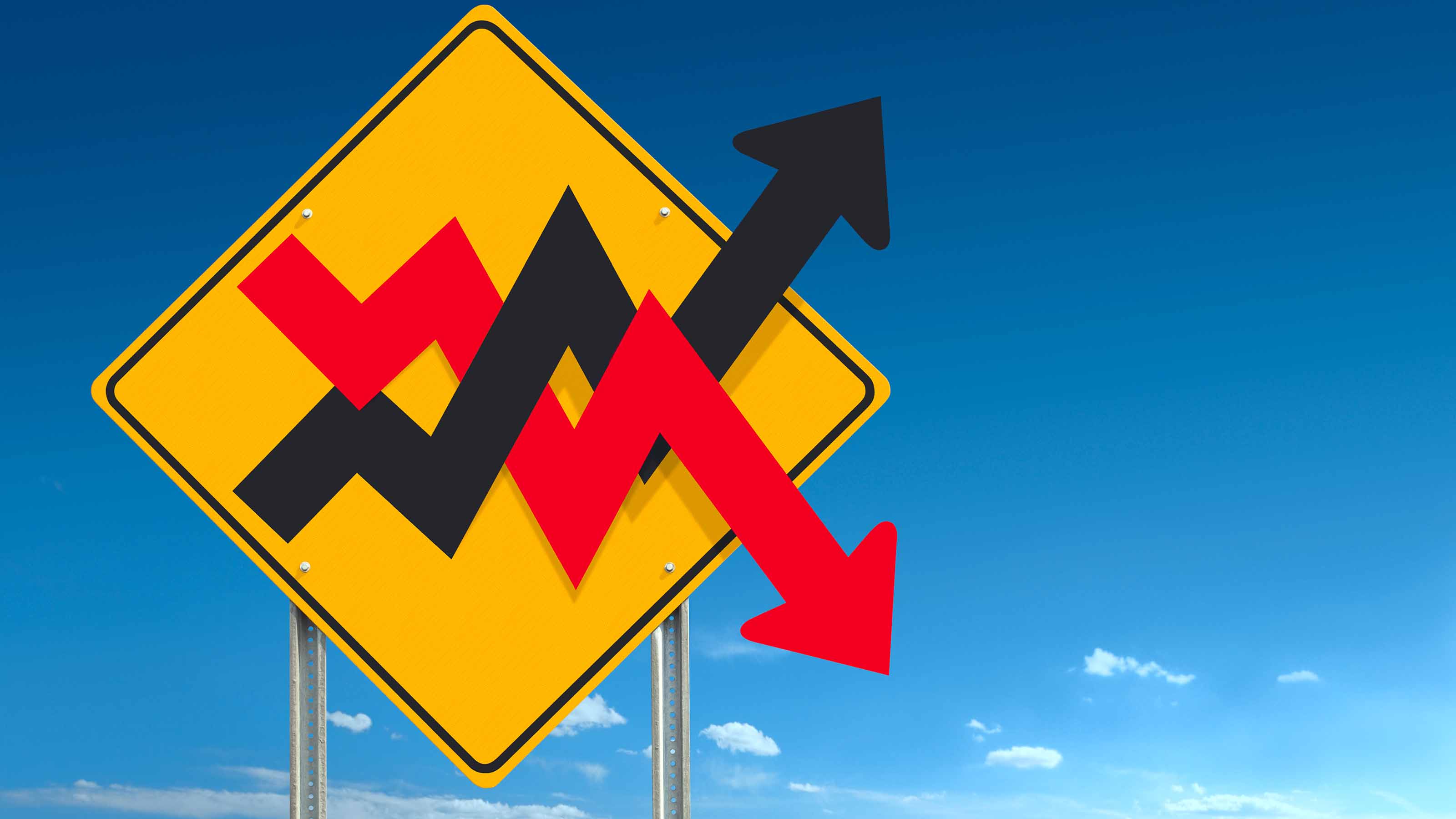 Bond Values in a Volatile Market
Bond Values in a Volatile MarketInvesting for Income While the market's instability may not be over just yet, the latter half of the year should be less daunting – and possibly more rewarding – for investors.
By Jeffrey R. Kosnett
-
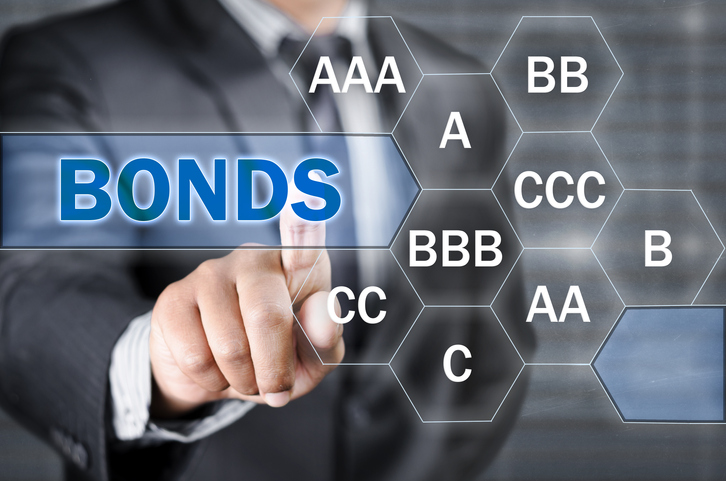 Should You Buy Bonds Now? What To Consider
Should You Buy Bonds Now? What To Considerbonds The fixed-income market has been turned on its head in recent years, but there are still opportunities for those looking to buy bonds again.
By James K. Glassman
-
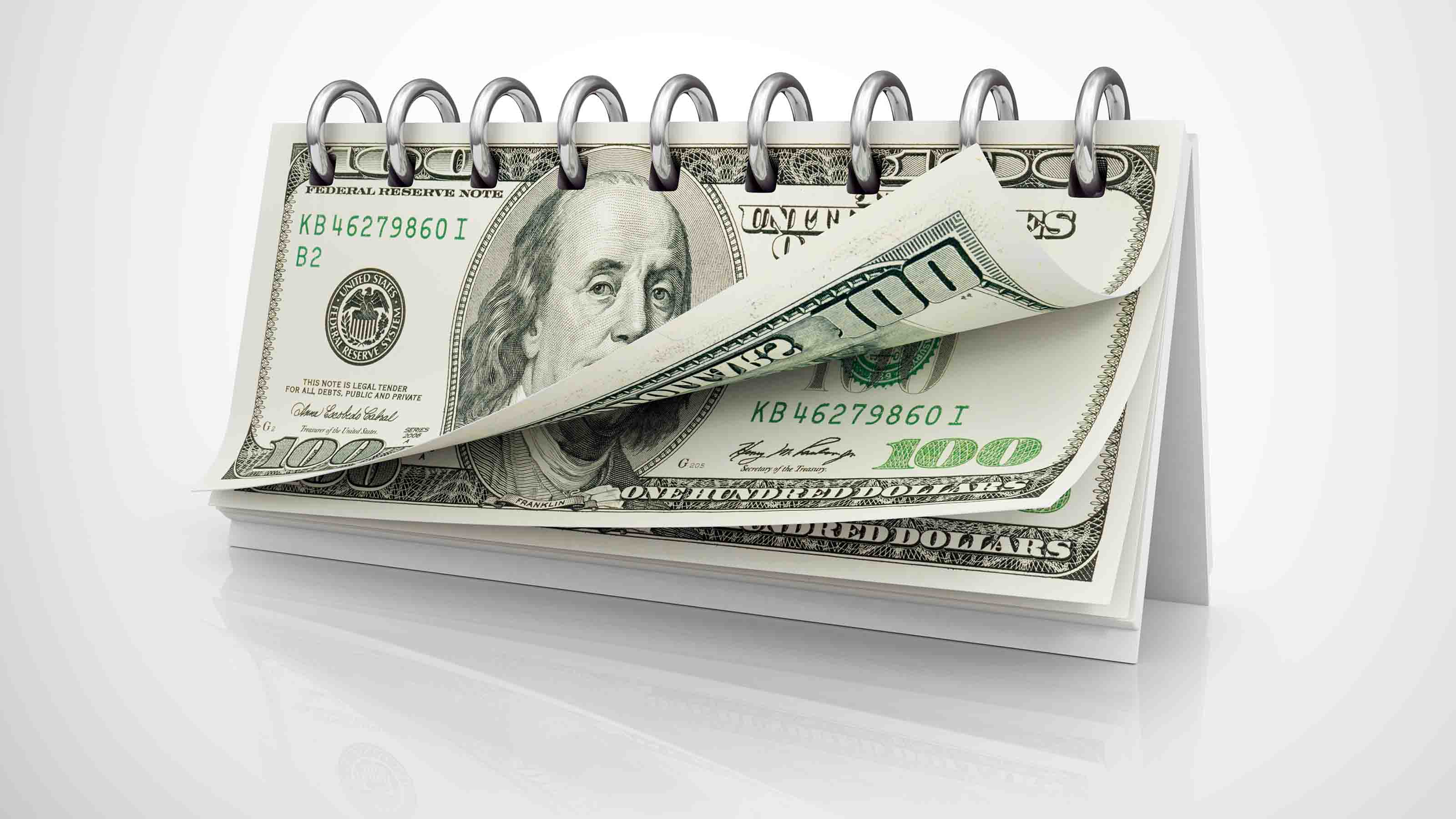 Dividend Dates: A Beginner's Guide
Dividend Dates: A Beginner's Guidedividend stocks Everything you need to know about ex-dividend dates, dividend announcements and other parts of the dividend calendar.
By Charles Lewis Sizemore, CFA
-
 Income Investors Should Look Beyond the Ukraine Invasion
Income Investors Should Look Beyond the Ukraine Invasionstocks Unless you invested in a Russian-themed ETF or an emerging markets index fund, the destruction of Moscow's capital markets is a distraction for investors.
By Jeffrey R. Kosnett
-
 Consider Short-Term Bond Funds
Consider Short-Term Bond FundsInvesting for Income These funds own the kind of stuff that benefits from a healthy economy and can withstand the Fed's rate hikes.
By Jeffrey R. Kosnett